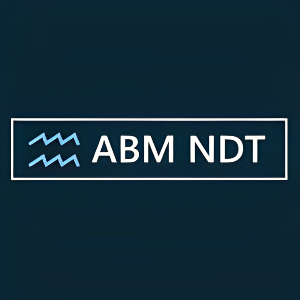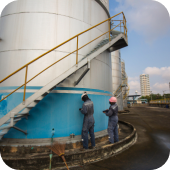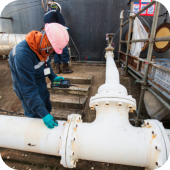

ABM NDT Ltd.
Established in early 2018 in Sheffield. ABM NDT Ltd is dedicated to providing quality, independent non-destructive testing NDT services to a global customer base.
Overview
Established in early 2018 in Sheffield. ABM NDT Ltd is dedicated to providing quality, independent non-destructive testing NDT services to a global customer base.
In 2020 they moved into their new Rotherham NDT site with some of the best NDT facilities in the country.
ABM NDT offers Level 3 services by PCN/ISO 9712 in the following methods.
- Ultrasonic Testing (UT) - Welds, Forgings & Castings
- Magnetic Testing (MT)
- Dye Penetrant Testing (PT)
They offers Level 2 services by PCN/ISO 9712 in the following methods.
- Ultrasonic Testing (UT) - Welds, Forgings & Castings
- Magnetic Testing (MT)
- Dye Penetrant Testing (PT)
- Visual Inspection (VT)
In addition to being PCN qualified in the above disciplines, they also have extensive knowledge and can advise in the following areas.
- Hardness Testing, most methods including Brinell and Rockwell
- Quality systems and documentation
- Welding processes
- General engineering quality issues.
They have extensive experience following industries.
- Nuclear
- Oil/Gas
- General/Heavy Engineering
- Lifting Gear/Cranes
- Steel Manufacturing/Foundries/Heat Treatment
- Automotive
- Renewable Energy
- Power Generation
- Construction
ABM NDT leads consultant Mark Brailsford has over a decade of experience in the field of NDT, many of those at the director level.
Products
Services
Ads












